Samsung Galaxy Watch 8 Review: Design that grows on you
Samsung embraces a brand-new design that looks original and grows on you, but the price hike is unjustified.
We may earn a commission if you make a purchase from the links on this page.
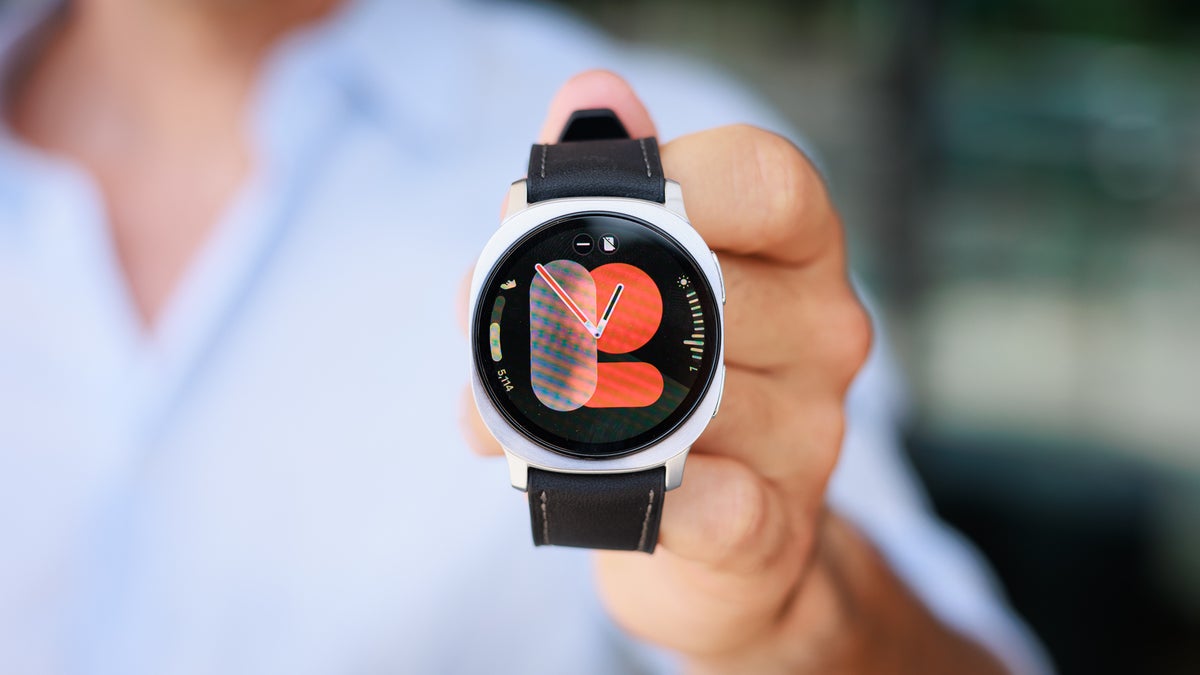
This year, Samsung makes some big visual changes to its Galaxy Watch series. The squircle (okay, the "cushion design") shape is in. The Galaxy Watch 8 is also thinner and gains a few new capabilities.
And you can now talk to Gemini straight from your wrist.
But if you want a smartwatch with battery life longer than a day, the Galaxy Watch 8 is not it. Just like all previous models, this is a one-day watch and it will only work with an Android phone, but not with an iPhone. Samsung's Galaxy Watch Ultra is currently the only model that can last your two days or more, but don't forget just how big and bulky that Ultra model is.
So is the squircle shape a good idea? And are the upgrades worth a $50 increase in price? Let's take a closer look.
Also read:
Galaxy Watch 8 features
- Thinner, new squircle shape
- Same Exynos W1000 processor as last year
- 32GB storage (same as on Watch 7)
- Gemini on Wear OS (new)
- Same BioActive sensor as before
- Antioxidant index
- Bedtime Guidance
- Running coach
- Same battery life, same charging speeds
Table of Contents:
Design & Sizes
Impressively thin and light
We have the 40mm Galaxy Watch 8 and it's the perfect size for people with smaller wrists. Samsung also offers a bigger, 44mm model. Both are exceptionally lightweight and a bit thinner than before, but because of the new shape they feel significantly slimmer. We usually prefer the larger model, but this year, becuase of the new design, the smaller model seems easier to recommend, plus it's noticeably lighter too.
We should also say that the new squircle shape on the Watch 8 has grown on us and it has some very real practical durability benefits. Unlike the simplistic Pixel Watch 3 that you can bump into a wall and scratch/break easily, the squarish metal cushion on the Galaxy Watch 8 is protective.
The Watch 8 uses aluminum, while the Watch 8 Classic bets on a shiny stainless steel body.
Despite the slimmer profile, Samsung has managed to cram in a slightly bigger battery, but emphasis on slightly (it's a tiny difference). Apparently using a squarish body frees up some space for battery.
Unlike last year when we got a faster chip and more internal storage, there are no big hardware changes on the Watch 8.
Below are the sizes for both Watch 8 sizes and how they compare to the last year's versions.
- 40 mm
- Watch 7 - 40.4 x 40.4 x 9.7 mm, 28.8g
- Watch 8 - 40 x 40.4 x 8.6 mm, 30g
- 44 mm
- Watch 7 - 44.4 x 44.4 x 9.7 mm, 33.8g
- Watch 8 - 44.7 x 43.7 x 8.6mm, 34g
The bezel around the circular watchface is touch-sensitive — so you can either tap and swipe to navigate, or slide your finger on the bezel. For a physical rotating bezel, Samsung has the Galaxy Watch 8 Classic.
Screen sizes also haven't changed: you've got a 1.3 inch screen on the 40mm model and 1.5 inches for the 44mm one.
The Watch 8 uses a gorgeous AMOLED panels with beautiful colors, and now it can get brighter, hitting 3,000 nits outdoors (up from 2,000 nits for the Galaxy Watch 7).
We also get the usual IP68 rating/5ATM rating, meaning the Watch 8 will survive just fine in water up to 50 meters deep. However, be warned that this is not a diving watch. The 5ATM rating is still not good enough for the higher pressure in deeper water.
Bands
The Galaxy Watch 8 uses a brand-new "Dynamic Lug" mechanism that makes swapping bands just a bit easier, but the bad news is that straps from previous Galaxy Watches are not compatible. Those of you who have a collection of bands sure would be disappointed.
If you just want to use a traditional watch band with a spring loaded metal pin, we guess that third-party adapters would be all over Amazon soon.
Back to these new bands, Samsung pairs the Watch 8 with a sport band, but you can also select one of the other types offered: the comfortable fabric one, the athleisure one and our favorite, the hybrid, which mimics a leather band. All of these, as you'd expect, are quite pricey.
Software & Features
Galaxy AI on your wrist?
Galaxy Watches have been running on Wear OS for a few years now. But this being Samsung, it's a custom version so the typical Wear OS has an extra skin on top, called One UI Watch.
At launch, the Galaxy Watch 8 runs on One UI 8 Watch on top of Wear OS 6.
Additionally, we ought to mention that the watch connects to the Samsung Health app, which is completely free to use. Compare this to Google's Fitbit app, which hides some features behind a subscription, and you can appreciate Samsung's approach with this.
The big ticket software item this year is Google Gemini from your wrist.
And it's just as good as you think it is. Sure, the functionality is a bit limited without the larger screen of something like a phone, but the smarts are not toned down and Gemini on the Watch 8 can be very useful. We don't think that Gemini on your wrist will replace Gemini on your phone, but it's nice to have the option (it will work on the watch when it is connected to Wi-Fi or LTE, otherwise you would need your phone).
So what can you use Gemini for? Well, your typical knowledge questions work just fine, but don't expect to ask it for personalized training advice based on your training data (and this feels like a missed opportunity).
GPS, Heart Rate (HR) sensor and Workouts
The sensor on the Galaxy Watch 8 has not changed, but since you have a more snug fit with the new cushion design, you get more accurate readings as well.
In our experience, the watch did better with heart rate accuracy than the previous model. We tested it with a few runs and it was in line with the usual heart rate readings we get with devices like an Apple Watch or Garmin watches.
Automatic workout detection on the Galaxy Watch 8 is probably the best we've ever seen on a smartwatch (and we've tested a lot). It is just so quick to pick it up when you are walking or cycling, impressive.
Last year, Samsung introduced “dual-band GPS,” and of course, this feature is also present on the Watch 8. Dual-band GPS is particularly useful when you live in a city where single-band GPS can be spotty. In our experience focused on running, the GPS signal was quite good and we did not have any issues with accuracy.
We mentioned this last year in our reviews as well, but Samsung does an excellent job presenting all of your workout data, with all the metrics and measurements properly explained. Garmin could definitely take some notes here.
Running Coach
One of the most useful new additions is the personal running coach. This is a high-intensity workout where you run for 12 minutes to get an evaluation of your running level/condition. We imagine it will be particularly useful to novice runners. After the initial test, the watch then builds a plan to reach your running goals, whether it's a full marathon or just running a 5K.
The suggestions all appear perfectly reasonable - a focus on slow runs with a sprinkle of tempo run efforts and intervals. Other watches have had such a feature for years, so it's not exactly new, but it's definitely a welcome addition.
Sleep Tracking and Energy Score
The Galaxy Watch 8 gets a new trick called vascular load tracking, which sounds a bit scary, but is actually a way of monitoring how much pressure your arteries are dealing with over time. Give it three nights and it begins to map your results along a scale tailored to you (not just a bland national average).
In my case, the watch repeatedly informed me I was in the calming green zone. Which is great. I think. Reassuring, but also a little like being told your vibes are good — lovely, but could use a bit more detail. It would've been nice to see how I stack up against others with similar lifestyle choices and age.
The real star of the show, however, is Galaxy AI and its new role as a sleep coach. It now offers polite suggestions to put your phone down at 2am and go to bed already.
To be fair, Samsung's been sleep-savvy for a while now. Previous watches could already track sleep stages, log your skin temperature, and even detect snoring (with your phone nearby). From the Watch 7 onward, sleep apnea detection joined the party too.
The sleep reports walk the line between informative and overwhelming. There are sleep stages, apnea alerts, snore notes, and now that recommended bedtime window, based on your actual patterns. I genuinely appreciated this one.
In my case, the watch repeatedly informed me I was in the calming green zone. Which is great. I think. Reassuring, but also a little like being told your vibes are good — lovely, but could use a bit more detail. It would've been nice to see how I stack up against others with similar lifestyle choices and age.
The real star of the show, however, is Galaxy AI and its new role as a sleep coach. It now offers polite suggestions to put your phone down at 2am and go to bed already.
The sleep reports walk the line between informative and overwhelming. There are sleep stages, apnea alerts, snore notes, and now that recommended bedtime window, based on your actual patterns. I genuinely appreciated this one.
Antioxidant index
You need to take off your watch and press your thumb against the sensor for about 5 seconds to take this measurement. You get a number that falls in one of three categories, but out of five people who tried this, everyone got a number in the “low” category. Worse yet, the results were not consistent between measurements, creating some doubt.
Most importantly, Samsung says this number has not been clinically validated and you should treat it as a lifestyle reference rather than a perfectly accurate, "out of the lab" number.
Last year, Samsung introduced advanced glycation end products (AGEs) index on the Watch 7. That feature somehow measures biological aging based on dietary habits and lifestyle, but the mechanics are not entirely transparent and I have not seen many people make much use of that number either.
You also have all the features from previous Galaxy Watches, such as ECG and Blood Pressure. Blood Pressure is still not available on an Apple Watch, but taking your blood pressure with a Galaxy Watch is probably still not the best way to go and measuring with a cuff would be far more reliable.
Battery and Charging
The battery size on the Galaxy Watch 8 has increased a tiny bit. The Watch 8 40mm now comes with a 325 mAh battery (up 8% from 300 mAh on the Watch 7 40mm), while the Watch 8 44mm features a 435 mAh battery (up 2% from 425 mAh on the previous generation).
The chip inside both watches is the same Exynos W1000 from the Watch 7 series, so don't count on any new battery efficiencies from it either.
Real life use also confirms that the biggest weakness of the Watch 8 series remain their uninspiring battery life. You basically have to charge these watches every single day. In a world where you can get five days of use out of a OnePlus Watch 3 43mm and more than a week out of the bigger OnePlus Watch model, those numbers are just bad.
The Watch 8 uses the same magnetic charger as previous models. Unfortunately, the company has the slowest charging speeds of eight major smartwatches we tested, falling behind the Apple Watch and Google Pixel watches.
| Model | 30 mins charge (% charged) | Full charge (time) |
|---|---|---|
| Galaxy Watch 8 (40mm) | 45% | 1 hour 19 minutes |
| Galaxy Watch 8 Classic | 41% | 1 hour 24 minutes |
| Galaxy Watch Ultra | 36% | 1 hour 48 minutes |
| Apple Watch Series 10 (46mm) | 50% | 1 hour 13 minutes |
| Google Pixel Watch 3 (45mm) | 50% | 1 hour 23 minutes |
| OnePlus Watch 3 (46mm) | 80% | 47 minutes |
As you can see the OnePlus Watch 3 with its proprietary charging is just so much faster than the competition, but the Galaxy does not match up even with Apple Watch or Pixel Watch. The Galaxy is not too far behind, but it is not fast by any means.
Models and Prices
As before, the Galaxy Watch 8 comes in two sizes: 40mm and 44mm. You can also get a cellular version of the Watch 8, which seems even more useful now that you have Gemini on the watch.
The bad news is that Samsung has hiked the prices for the Galaxy Watch 8 by $50 for each version. Here is the price breakdown:
- Galaxy Watch 8 (40mm): $350 Wi-Fi only; $400 for Wi-Fi + Cellular
- Galaxy Watch 8 (44mm): $380 Wi-Fi only; $430 for Wi-Fi + Cellular
Summary
The Galaxy Watch 8 shows once again that Samsung can lead the industry with design and originality.
The cushion / squircle design may not look good in pictures, but it has proven stylish and durable in daily use. It has grown on us.
But the rest are small changes and niche health metrics, so it's hard to see what justifies the higher price tag this year. Maybe it's just inflation after all.
On the the list of disappointments, the biggest one is the one-day battery life. Users should not have to put up with this, especially now that we have alternatives like the OnePlus Watch 3 exist (with its one week battery life).
So should you buy the Galaxy Watch 8? If you want a stylish watch running on Android, with great automatic workout detection and solid heart rate/GPS accuracy, then yes, Just keep in mind that longer-lasting alternatives do exist.
Follow us on Google News

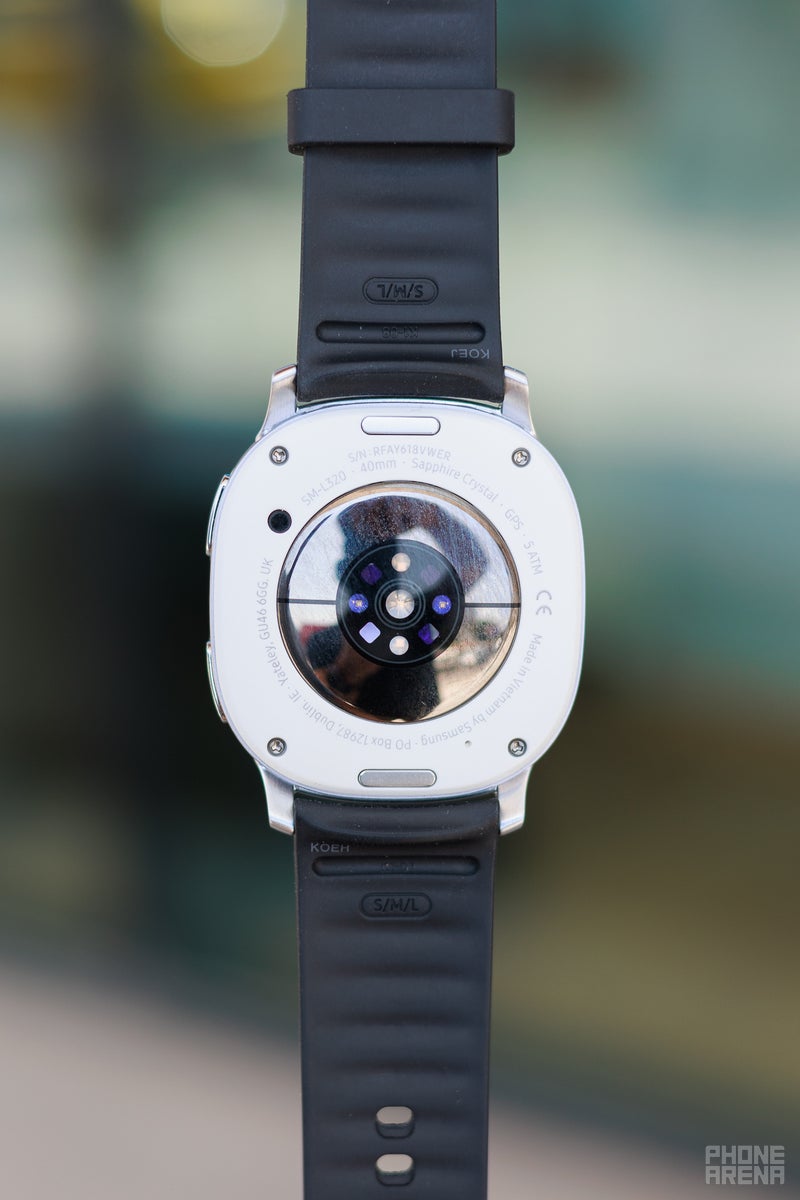
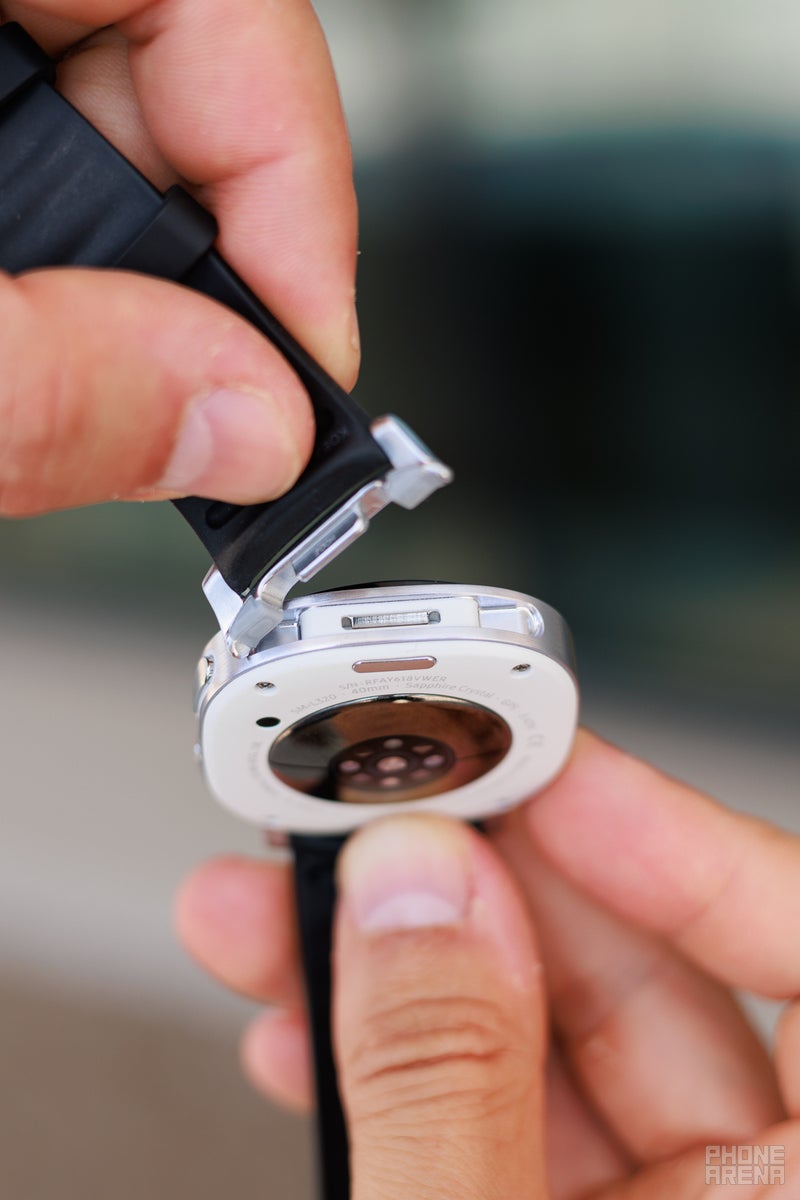
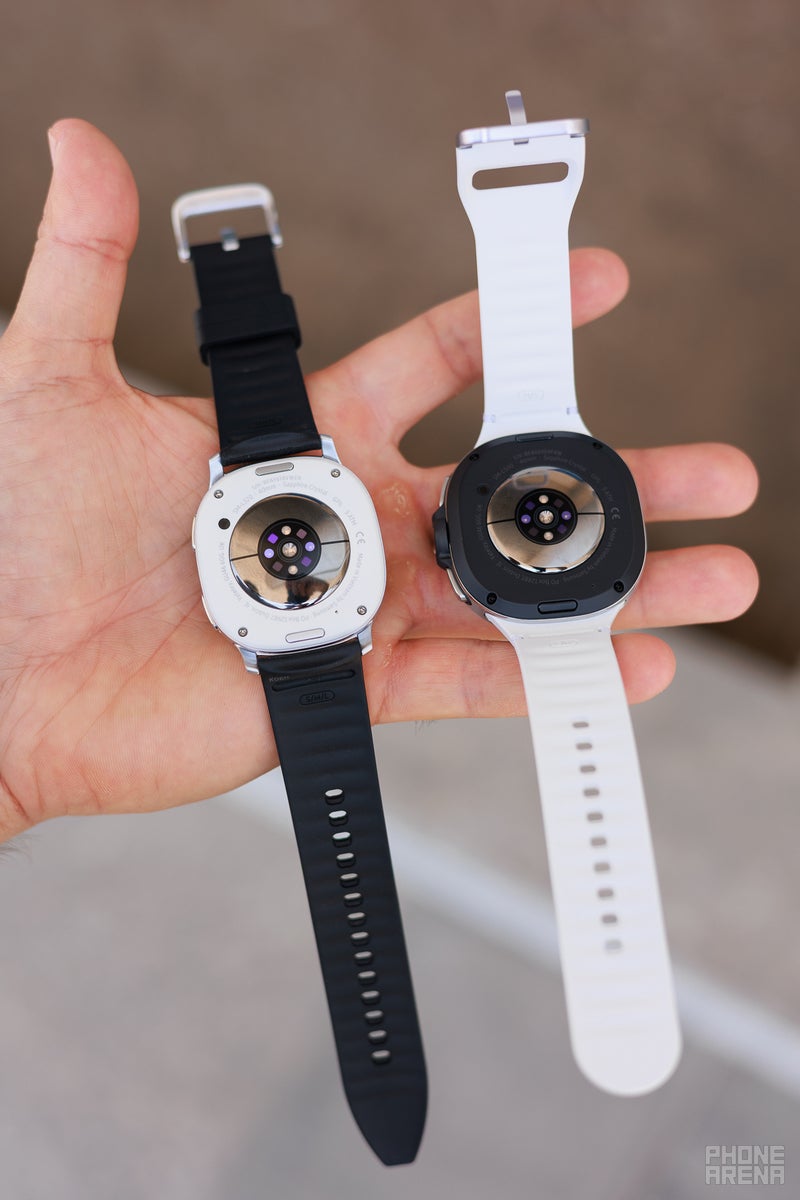
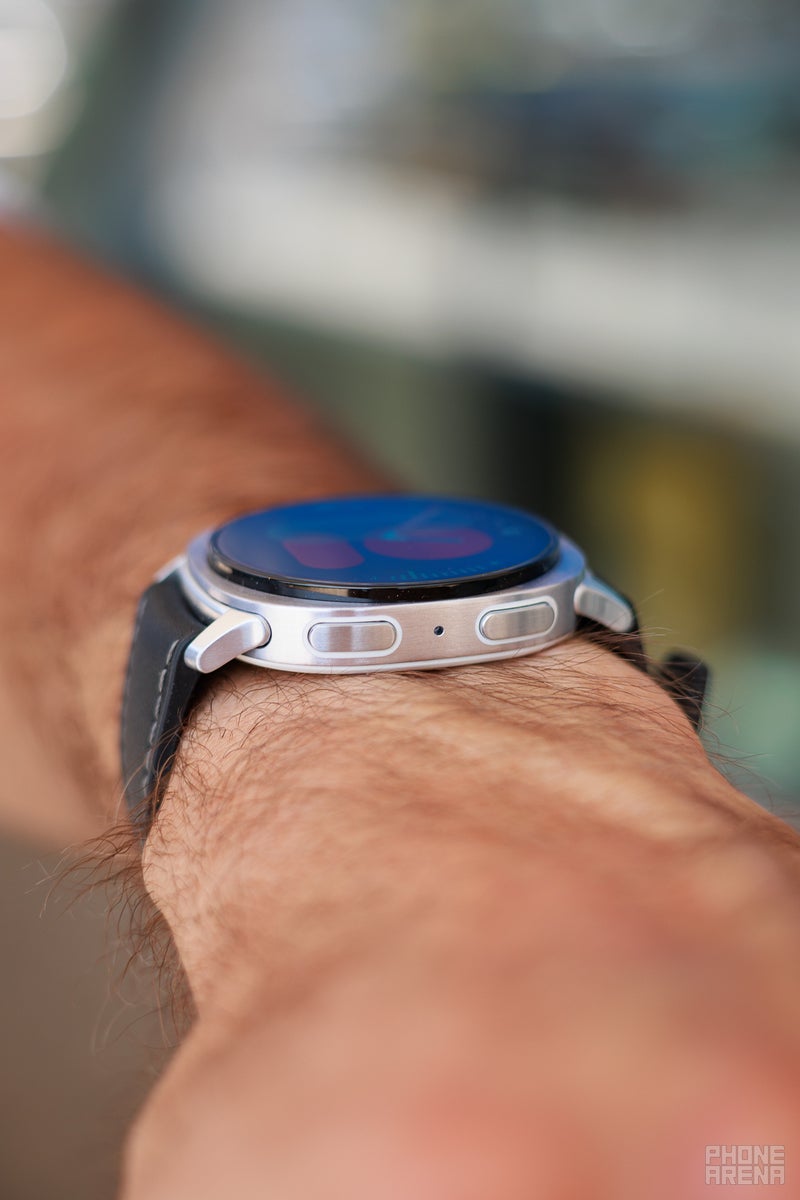
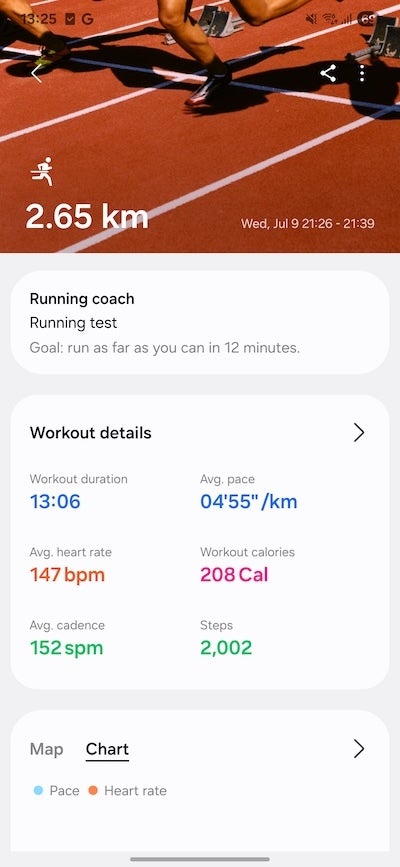
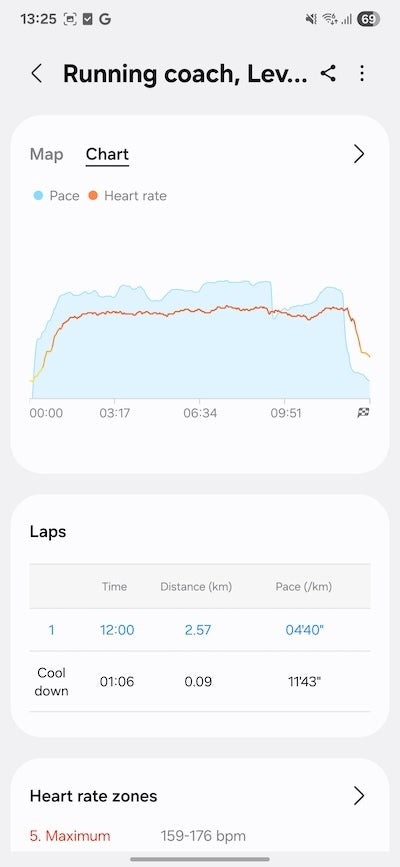
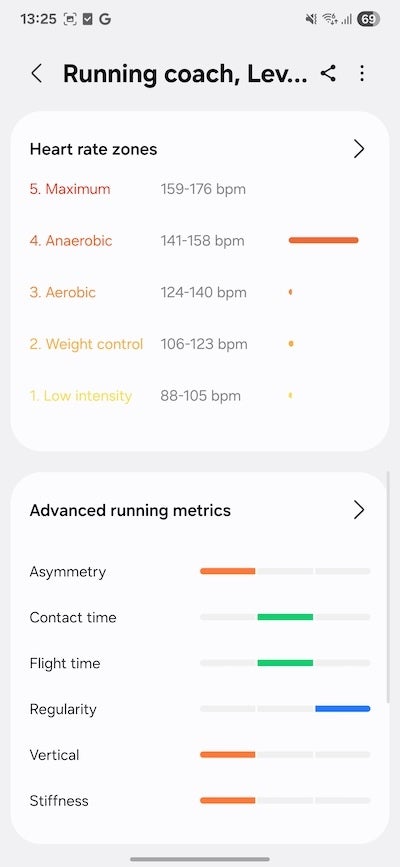
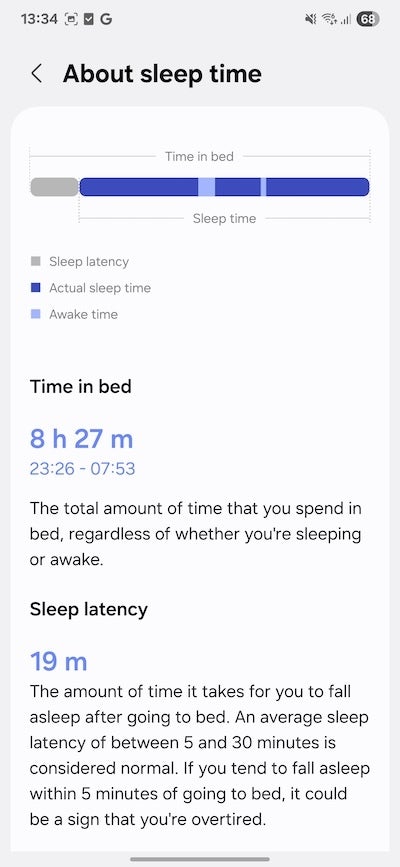
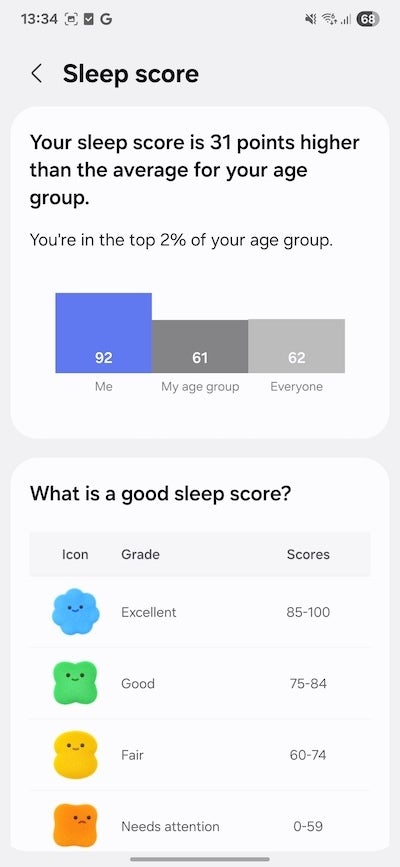
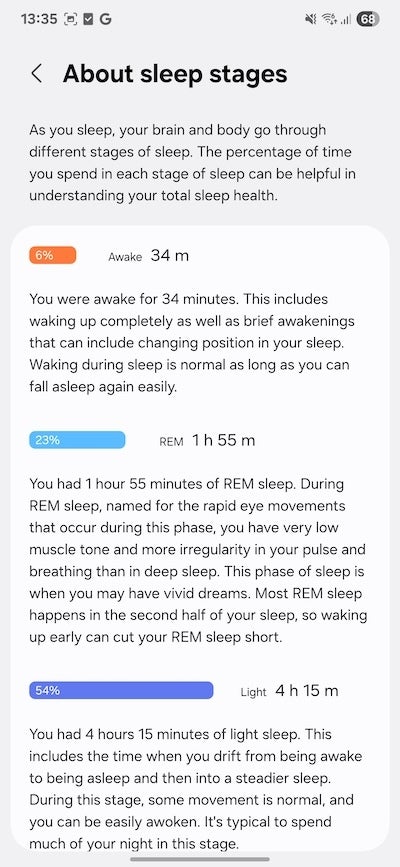
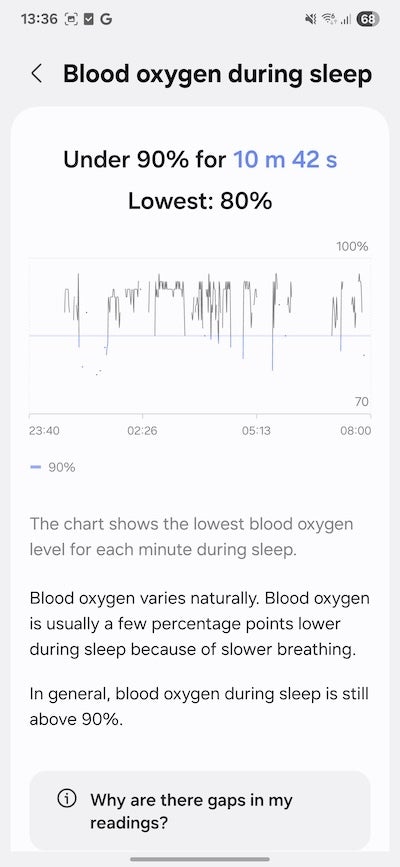
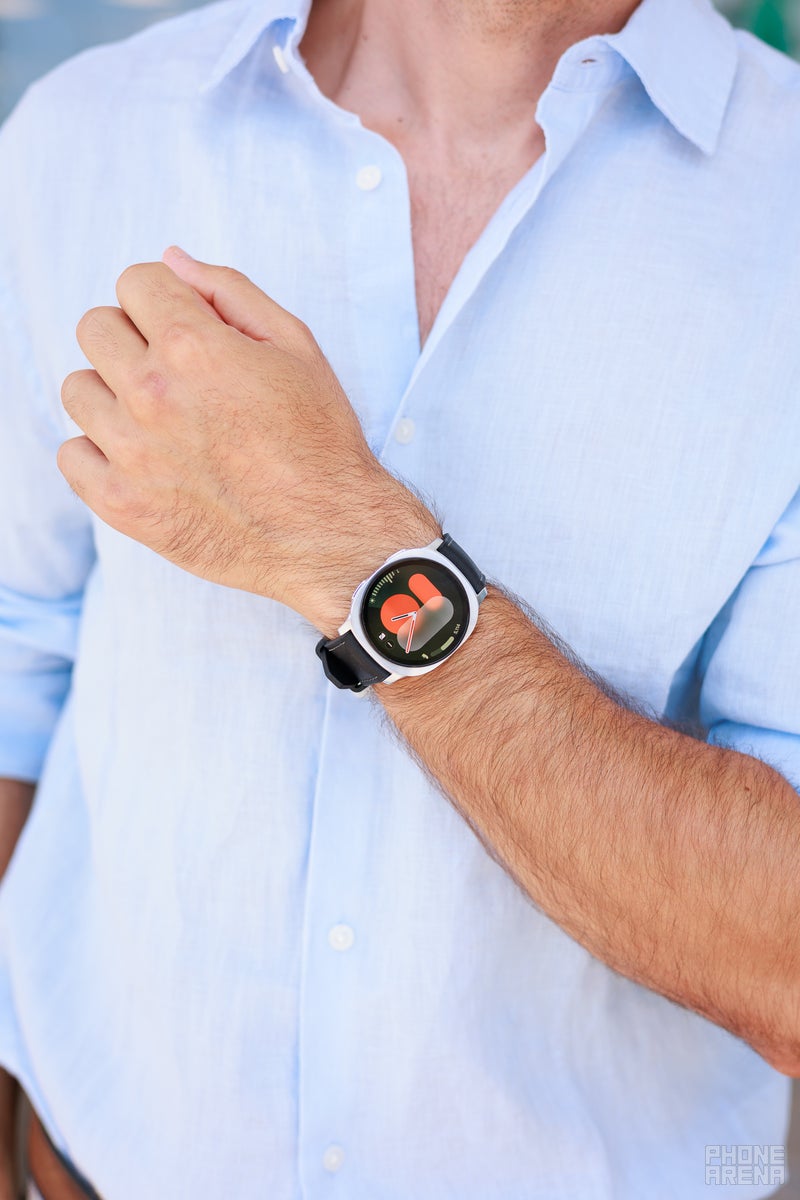
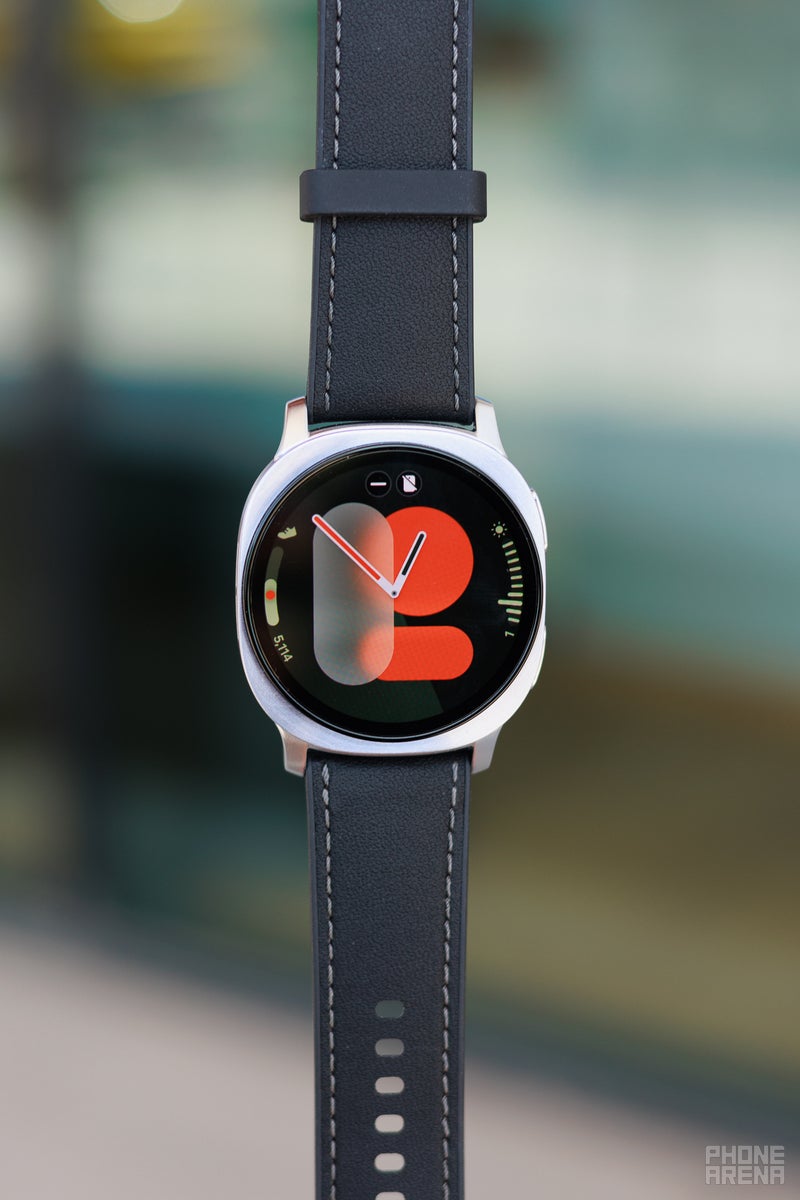

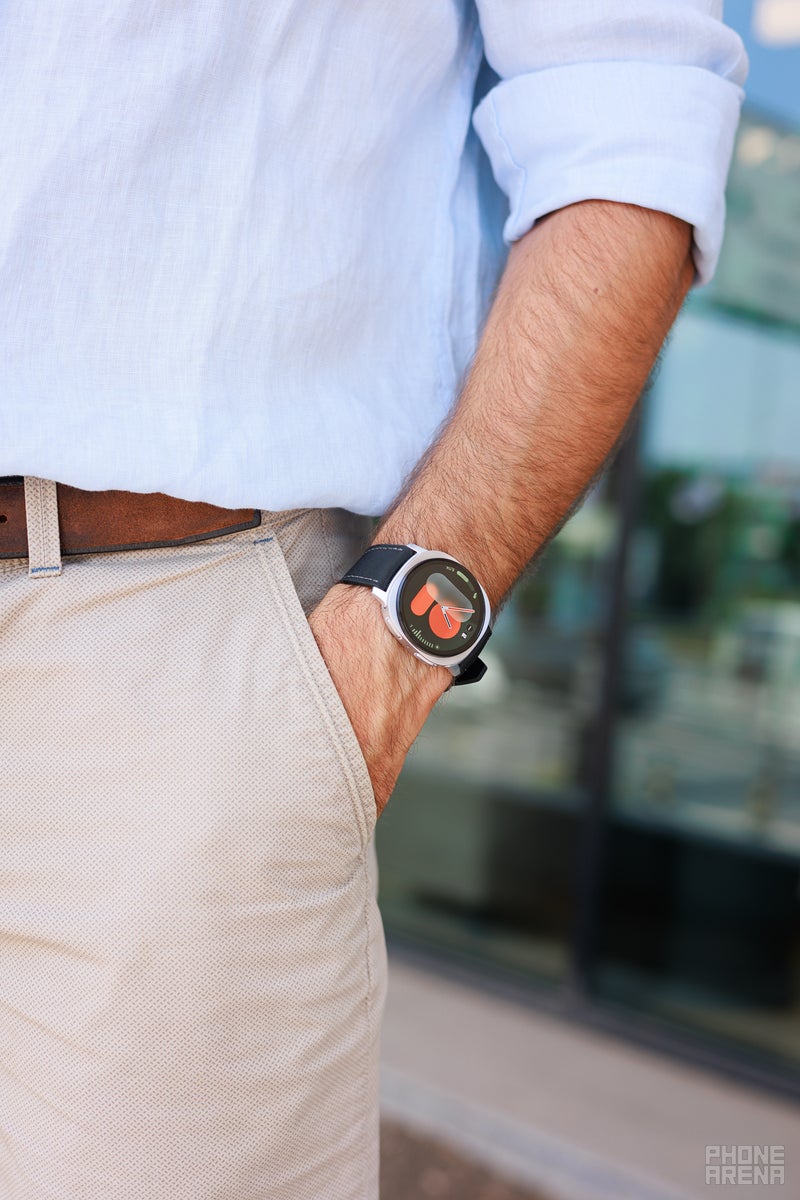

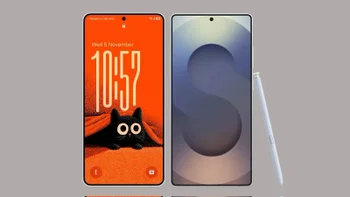

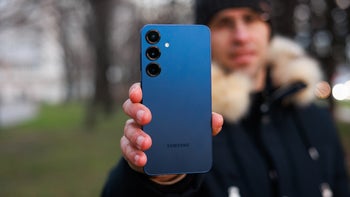
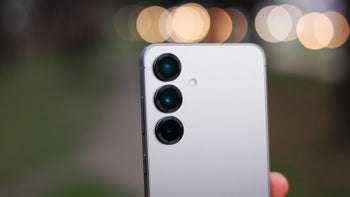
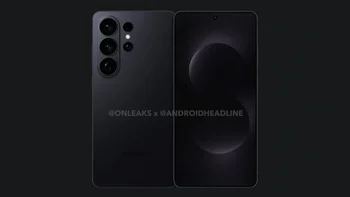

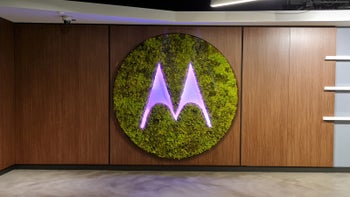
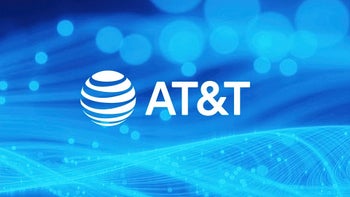
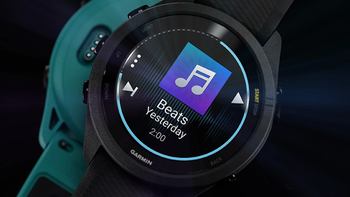
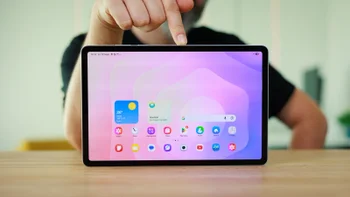
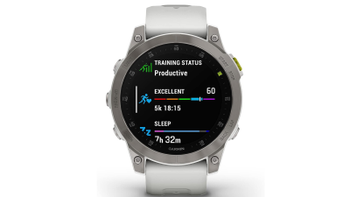
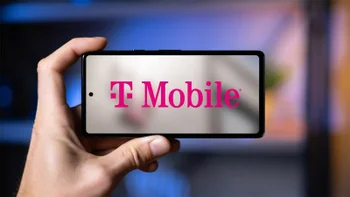
Things that are NOT allowed:
To help keep our community safe and free from spam, we apply temporary limits to newly created accounts: